Backcountry skiing is thrilling, but it comes with risks. Knowing how to pick routes, read terrain, and use navigation tools can keep you safe. This guide dives into everything you need: how to read maps, use GPS, and make safer decisions. Plus, we’ll introduce Snowfeet* - compact, 39-inch skis that make navigating tight spots and mixed terrain easier than ever. Unlike long skis, Snowfeet* are lightweight, portable, and work with regular winter boots, making them perfect for quick transitions between skiing and hiking.
Key Takeaways:
- Learn to read topographic maps for slope angles, terrain traps, and snow conditions.
- Use apps like Gaia GPS, onX Backcountry, and CalTopo for real-time planning and avalanche data.
- Always carry avalanche gear (beacon, probe, shovel) and know how to use it.
- Snowfeet* stand out for their compact size, maneuverability, and ease of use in tricky terrain.
Let’s break down how to plan smarter, stay safe, and make the most of your backcountry adventures. :)
onX Backcountry Masterclass: Backcountry Mapping With ATES
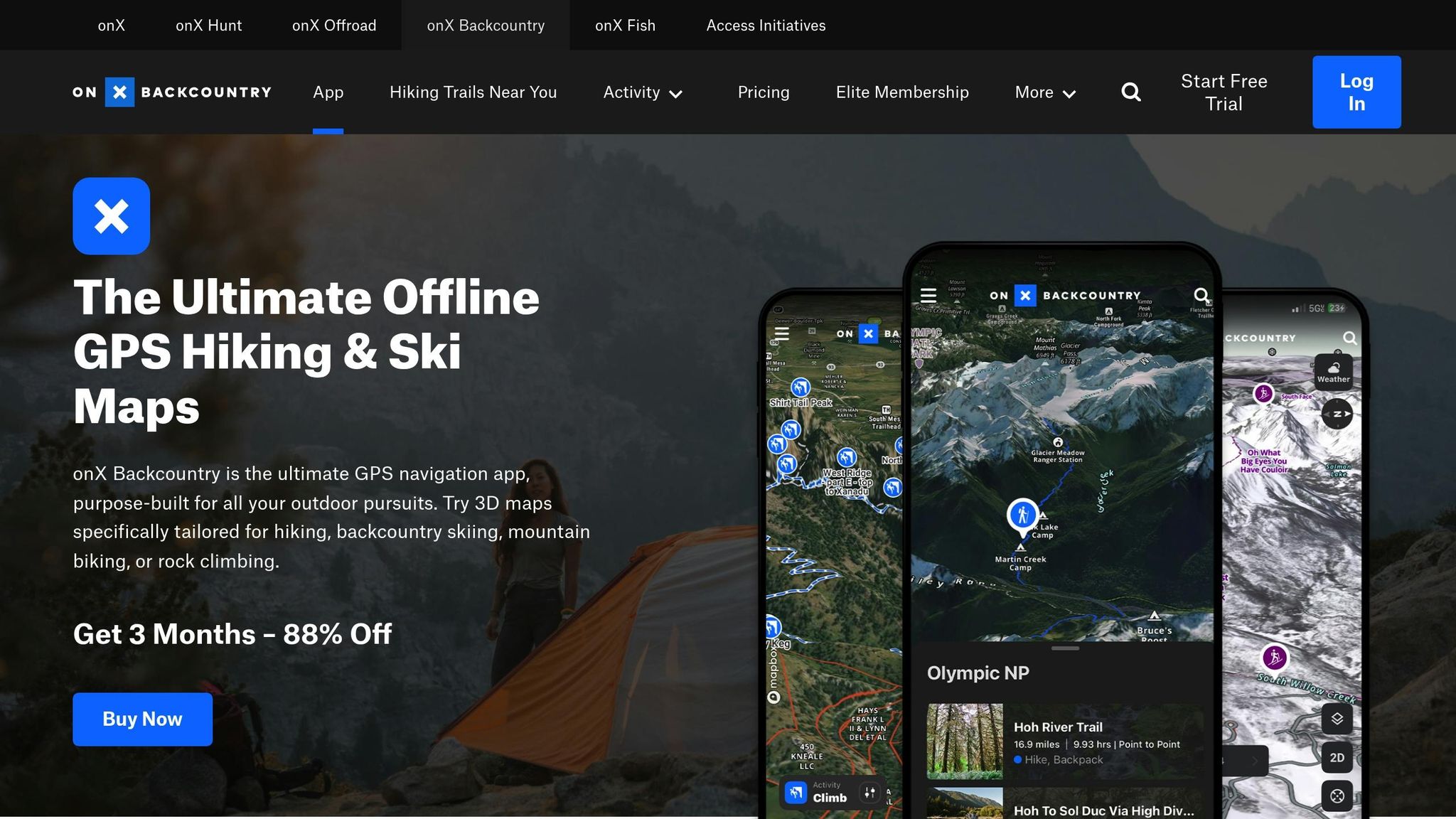
How to Read Terrain and Plan Your Route
Understanding terrain isn’t just a nice-to-have skill in the backcountry - it’s a must. Out there, you don’t have ski patrol marking dangers or a rescue team ready to jump in. It’s just you, your group, and the landscape. That’s why knowing how to “read” the terrain is key to staying safe.
Reading terrain isn’t just about figuring out how to get from point A to point B. It’s about spotting clues that tell you about snow stability, weather effects, and even escape routes. Every ridge, slope, and gully has a story to tell - your job is to listen before you commit to a line.
How to Read Topographic Maps for Backcountry Skiing
Topographic maps are like cheat sheets for the mountains. Those contour lines? They show elevation changes. The closer together they are, the steeper the slope - and steep slopes (especially between 30 and 45 degrees) are where avalanches like to play.
Here’s what to look for:
- Slope Angles: Tight contour lines mean steep terrain, which could mean avalanche risk. Learn to spot these danger zones before heading out.
- Terrain Features: Gullies and couloirs often show up as V-shaped patterns, while ridges look like upside-down Vs. These shapes also hint at wind exposure and snow buildup.
- Aspect (Slope Direction): In the Northern Hemisphere, north-facing slopes stay colder, holding onto powder but also unstable snow layers. South-facing slopes warm up faster, which can firm up snow - or destabilize it as the day heats up. East and west slopes? They’re often a middle ground, offering more balanced snow conditions.
- Terrain Traps: These are spots like gullies, creek beds, or flat areas below steep slopes where avalanche debris can pile up. Even a small slide can be deadly in these zones.
- Tree Lines: Maps can also show where trees thin out, indicating areas with more wind exposure and variable snow conditions.
Mastering these map-reading skills can make the difference between a safe, efficient route and a risky one.
Using Digital Tools for Route Planning
While paper maps are great for the basics, digital tools bring the mountains to life with real-time data and precise planning features. Apps like Gaia GPS, onX Backcountry, and CalTopo are game changers.
- Gaia GPS: This app makes route planning easy. You can plot your path, mark decision points, and calculate elevation gains. Its slope angle overlay (red for slopes steeper than 30 degrees) helps you quickly spot avalanche-prone areas. Plus, you can download maps for offline use - super handy when you’re out of cell range.
- onX Backcountry: This one goes a step further by integrating avalanche and weather data directly into your map. You’ll see recent avalanche reports and forecasts, helping you make smarter calls on the go.
- CalTopo: For advanced users, CalTopo offers features like custom map layers and viewshed analysis. You can layer satellite images, avalanche paths, and weather data for a detailed look at the terrain.
These tools give you a more dynamic view of the backcountry, making planning safer and more efficient.
Why Snowfeet* Work Better in Different Terrain Types
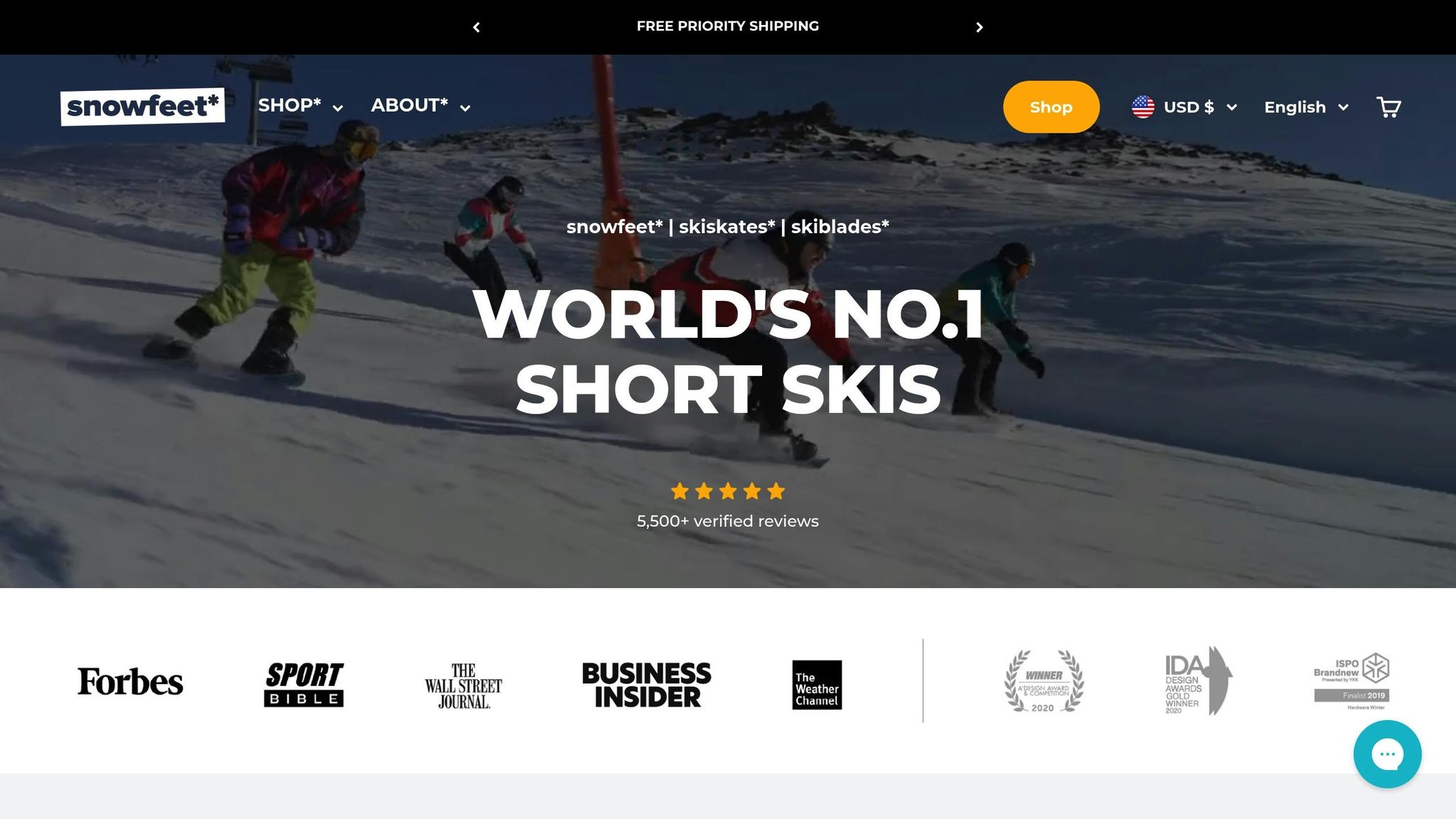
Traditional skis and snowboards can be a handful in the backcountry. Their length (usually 170–190 cm) can make tight turns or quick adjustments tricky, especially in complex terrain. That’s where Snowfeet* come in.
At just 100 cm (39 inches), Snowfeet* touring skis are compact and nimble, opening up options that longer skis might block off. Here’s why they shine:
- Tight Spaces: In dense tree lines, traditional skis need wide, sweeping turns to dodge obstacles. Snowfeet* let you make quick, precise moves, giving you better control in confined areas.
- Rocky or Mixed Conditions: Shorter skis make it easier to adjust your line or step out of your bindings when you hit variable snow or exposed rock. Their compatible boots make switching between skiing and hiking much smoother - no more awkward boot-walking.
- Lightweight Advantage: Carrying traditional skis can wear you out on long approaches or when scouting new routes. Snowfeet* are much lighter, saving your energy for the downhill.
With Snowfeet*, you’re not just managing terrain - you’re owning it. Whether it’s powder, wind crust, or icy patches, these skis handle transitions with ease. Pairing smart terrain-reading skills with versatile gear like Snowfeet* gives you the confidence to tackle the backcountry head-on.
Navigation Tools You Need: Maps, GPS, and Apps
Getting lost in the backcountry isn’t just frustrating - it can be downright dangerous. That’s why having the right navigation tools, with backups, is non-negotiable. Combining the dependability of traditional methods with the convenience of modern tech ensures you can find your way, even when the weather or visibility turns against you. This mix of old-school and high-tech tools is the key to safe and adaptable backcountry adventures.
How to Choose the Right Map for Backcountry Travel
Paper maps are the ultimate backup. They don’t rely on batteries, won’t freeze in the cold, and give you a wide view of the terrain that digital screens just can’t match. For backcountry skiing, USGS 7.5-minute topographic maps (1:24,000 scale) are a solid choice, offering detailed terrain info ideal for planning routes.
It’s important to pick maps that are regularly updated. Trails shift, roads close, and new hazards pop up. For example, Green Trails maps are popular in the western U.S. and often include touring routes and marked trailheads, making them a great option for backcountry explorers.
Digital maps, on the other hand, offer real-time data and frequent updates. They can overlay weather reports, avalanche forecasts, and live GPS tracking - all incredibly useful, but they do come with downsides. Battery life, screen glare in bright sunlight, and usability with gloves are common challenges.
The best strategy? Use digital maps to plan your route at home and carry both digital and waterproofed paper versions in the field. Tuck your paper map in a resealable bag or laminate key sections to keep them safe from the elements.
How to Use GPS Devices and Mobile Apps
Dedicated GPS devices like the Garmin GPSMAP 66i are built for tough conditions. They’re waterproof, handle freezing temperatures, and have batteries that can last for days. Plus, the GPSMAP 66i offers two-way satellite messaging - a lifesaver when you’re far from cell service.
Smartphone apps are more versatile but less reliable in extreme weather. Apps like Gaia GPS let you download detailed topo maps for offline use and can track your route automatically. Another great option is onX Backcountry, which integrates avalanche bulletins and weather updates directly into its maps.
Before heading out, download maps for your entire route and add a buffer zone around it. Mark key waypoints - like decision points, escape routes, or known hazards - so you’ve got a plan if conditions suddenly change. Cold weather can drain batteries fast, so keep devices warm in an inside pocket and pack extra power banks. With reliable tools at your fingertips, you’re ready to tackle the backcountry with confidence.
Why Snowfeet* Make Navigation Easier
Having the right tools is essential, but your gear can also make a big difference in how easily you can navigate. That’s where the compact design of Snowfeet* shines. Traditional long skis can make quick stops to check your map awkward, especially in tight spots like ridges or dense trees.
Snowfeet* flip the script. At just about 39 inches (roughly 100 cm) long, they’re compact enough to let you pause, pull out your map, and get your bearings without the hassle of shuffling around with bulky skis. This makes them perfect for quick transitions - like when you hit a tricky trail junction and need to double-check your route.
Their lightweight build also frees up space in your pack for extra navigation essentials, like spare GPS batteries or an emergency shelter. And when you’re weaving through tight tree lines or navigating complex terrain, the maneuverability of Snowfeet* lets you make precise adjustments, keeping you on track.
Even in a group, Snowfeet* make navigation smoother. They let everyone huddle together to review maps without the spacing issues that come with longer skis. It’s a small but powerful advantage that can make a big difference when every decision counts out there.
How to Make Safer Decisions in the Backcountry
Making smart choices in the backcountry isn’t just about having the right gear - it’s about reading the conditions and being ready to adjust your plans as things change. The mountains don’t care about your schedule, and what separates a safe day from a dangerous one often comes down to making the right call at the right time.
How to Assess Risk: Avalanche Awareness and Terrain Analysis
Start with avalanche forecasts. Resources like the Utah Avalanche Center provide detailed danger ratings, from 1 (Low) to 5 (Extreme). But remember, these forecasts cover broad areas, and the slope you’re eyeing could have its own unique conditions.
Slope angle matters - a lot. Steeper slopes are more prone to avalanches. You can use an inclinometer app on your phone to get accurate measurements. Over time, experienced skiers learn to estimate angles by sight. If a slope looks too steep for comfortable hiking boots, it’s probably risky.
Watch out for terrain traps. Features like gullies, creek beds, and areas below cliffs can turn even a small avalanche into a deadly situation. Snow can pile up deeper in these spots or push you into trees or rocks. Always scout for escape routes and avoid skiing alone in these areas.
Pay attention to wind and weather. Leeward slopes - those protected from the wind - can collect unstable, wind-loaded snow that might release days later. Look for signs like wind-sculpted snow, shooting cracks, or a hollow sound underfoot. Temperature swings are another clue: rapid warming weakens the snowpack, while prolonged cold can create fragile layers. Spotting these risks early helps you make better decisions as a group.
Group Travel and Communication Best Practices
Good communication is key to avoiding accidents. Before heading out, decide who will make route choices and how disagreements will be handled. Sometimes, the most cautious voice in the group should take the lead, even if they aren’t the most experienced.
Travel one at a time through avalanche terrain. The rest of the group should stay in safe zones where they can see the skier clearly. Avoid standing in runout zones or spots where you could get caught if something goes wrong. Everyone should know their escape route before the skier starts their descent.
Check in often. Plan specific points to regroup and reassess conditions. This is especially important if the weather shifts or you encounter unexpected terrain. If someone feels uneasy or struggles with the conditions, address it right away instead of pushing forward.
Know when to turn back. Agree in advance on conditions that will trigger a retreat, whether it’s worsening weather, signs of instability, or just a gut feeling. The mountains aren’t going anywhere, and there’s no shame in calling it a day to stay safe.
How Snowfeet* Give You More Options
When conditions change, being agile can make all the difference. Traditional long skis keep you locked in skiing mode, but Snowfeet* let you adapt quickly. If a section looks too risky, you can easily switch to walking or remove them entirely to hike.
This versatility makes safer decisions easier. Instead of committing to a full descent on questionable snow, you can ski the safer parts and walk the sketchy sections. Long skis make transitions awkward, which can compromise safety.
Snowfeet* also help in tight spots. If conditions shift or someone in your group struggles, you can stop, regroup, and adjust your plan without spreading out across dangerous terrain. Their compact design allows you to huddle up and make real-time decisions.
The lightweight build reduces fatigue, which is a big deal in the backcountry. Tired legs lead to poor judgment, and missing subtle changes in snow or weather can spell trouble. With Snowfeet*, you stay fresher and more alert, improving your ability to react to potential hazards.
Even in emergencies, Snowfeet* make life easier. If someone gets hurt or the weather takes a turn, their small size and light weight make them much easier to carry than traditional skis. This can be a game-changer in a tough evacuation scenario.
sbb-itb-17ade95
Snowfeet* vs Long Skis and Snowboards: The Complete Comparison
When gearing up for backcountry adventures, traditional long skis and snowboards often fall short in handling the nimble, mixed-terrain challenges of the backcountry. Enter Snowfeet*: a lightweight, portable, and versatile alternative that shines where traditional gear struggles. Let’s dive into a side-by-side comparison to see how Snowfeet* stack up against long skis and snowboards.
Side-by-Side Comparison: Snowfeet* vs Traditional Long Skis & Snowboards
Here’s a look at some key features and how Snowfeet* perform compared to traditional long skis and snowboards:
| Feature | Snowfeet* | Traditional Long Skis & Snowboards |
|---|---|---|
| Weight | Ultra-light, reducing fatigue on long treks | Heavier, making ascents more tiring |
| Portability | Compact enough to fit in a backpack | Requires additional carrying gear like straps or roof racks |
| Transition Speed | Quick switching between skiing and walking | Slower due to complex bindings |
| Walking Ability | Allows natural walking for off-slope travel | Awkward and cumbersome for walking |
| Storage in Vehicle | Fits easily inside a car | Often needs external storage like roof racks |
| Emergency Removal | Quick and easy to remove | More time-consuming due to traditional bindings |
Lightweight Design That Keeps You Going.
Snowfeet* are built with an ultra-light design, which means less strain on your body during long climbs and better control when navigating tricky terrain. This makes them a game-changer for those who want to conserve energy without sacrificing performance.
Portability That Simplifies Your Adventure.
Thanks to their compact size, Snowfeet* fit right into your backpack, freeing you from the hassle of dealing with bulky equipment. Forget about roof racks or complex storage solutions - these fit easily in your car and are ready to go wherever your adventure takes you. Plus, they’re a budget-friendly option, leaving more room in your wallet for crucial safety gear and avalanche training.
Adaptability for Mixed Terrain.
One of the standout features of Snowfeet* is their ability to switch modes quickly. Whether you’re skiing or walking, you can easily adapt to changing terrain without being limited by your equipment. This flexibility allows you to focus on the adventure rather than fighting with your gear.
Quick Removal for Emergencies.
In critical situations, time matters. Snowfeet* can be removed quickly, giving you an edge when you need to evacuate or respond to an emergency. This ease of use can make all the difference when every second counts.
Snowfeet* aren’t just an alternative to traditional skiing gear - they’re a smarter, more efficient way to tackle backcountry challenges. Whether it’s their lightweight build, unmatched portability, or ability to adapt to changing conditions, they’re designed to make your adventure smoother and more enjoyable.
Step-by-Step Guide to Planning Your Backcountry Ski Tour
Planning a backcountry ski tour isn’t just about picking a route and heading out. It’s about preparation, awareness, and having the right tools to ensure safety and enjoyment. A solid plan starts with thorough research, the right gear, and the flexibility to adapt. Snowfeet* make things easier with their compact design, cutting down on the hassle of bulky equipment and simplifying logistics.
How to Research Routes and Conditions
Start with daily avalanche reports. Before heading out, check reports from trusted sources like the Colorado Avalanche Information Center, Northwest Avalanche Center, or Utah Avalanche Center. These reports break down current snowpack conditions and avalanche risks, helping you understand not just what’s happening now but also how the snow has been behaving over time.
Dive into multiple sources for route details. While guidebooks are a great starting point for understanding local terrain, don’t stop there. Online forums, Facebook groups focused on specific mountain ranges, and trip reports on platforms like Mountain Project can give you up-to-date insights from others who’ve recently visited. Apps like OnX Backcountry are also incredibly helpful, offering detailed maps with slope angles that highlight potential avalanche zones.
Use tools to visualize the terrain. Google Earth Pro is a fantastic resource for getting a 3D view of your route. It helps you spot ridgelines, valleys, and any potential hazards like gullies or flat areas where avalanche debris could accumulate.
Talk with your group about experience levels and risk tolerance. A route that’s manageable for experienced skiers might be too risky for beginners. Snowfeet* can help even things out with their easy-to-learn design, letting less experienced members focus on safety and navigation.
Following these steps will make your packing and on-the-go decisions much smoother.
What to Pack for a Safe Trip
Avalanche safety gear is non-negotiable. Always carry a beacon, probe, and shovel - and know how to use them. If you haven’t already, take an Avalanche Level 1 course to learn essential rescue techniques. Programs like "Know Before You Go" are also great for building a solid foundation in avalanche safety.
Bring reliable navigation tools. Apps like GAIA GPS let you download maps for offline use, ensuring you can navigate even without cell service. But don’t rely solely on tech - pack a physical map and compass as backups. With Snowfeet*’s lightweight design, you’ll have extra room in your pack for these essentials.
Prepare for unpredictable weather. Mountain weather can change in the blink of an eye, so layer up and pack extra insulation. Include emergency items like a bivy sack or an emergency blanket for added safety.
Don’t forget repair and emergency supplies. A repair kit with duct tape, zip ties, and a multi-tool can save the day if something breaks. First aid supplies tailored to your group size and trip length are a must. Also, consider carrying a satellite messenger or locator beacon for emergencies.
Having the right gear means you’ll be ready to adapt to whatever the mountains throw at you.
How to Adjust Your Plans in Real-Time
Stay flexible. Backcountry conditions can shift quickly, so be ready to change your plans on the fly. What seemed safe during your research might look risky in person. Snowfeet* shine in these scenarios, allowing you to switch effortlessly between skiing and walking when you need to change course or retreat.
Keep an eye on the terrain. Watch for signs of danger like shooting cracks or hollow-sounding snow. These red flags mean it’s time to rethink your route. Snowfeet* make it easy to transition to hiking mode when you need to navigate sketchy areas.
Communication is key. Make sure everyone in your group feels comfortable speaking up about concerns. If someone spots something unsafe or feels uneasy, listen. Ignoring these warnings can lead to poor decisions.
Check for updates when possible. If you have service, look at updated weather forecasts and avalanche bulletins. Conditions can change faster than expected, and new reports might reveal hazards in your planned area. Lightweight gear like Snowfeet* makes it easier to pivot without being bogged down by heavy equipment.
Know when to call it. Sometimes, turning back is the smartest move. If conditions become too risky, don’t push forward. Snowfeet* help simplify the retreat process with their quick transitions and compact size, making it easier to manage gear during stressful situations.
Conclusion: Master Route-Finding with Snowfeet*
Route-finding is all about preparation, having the right gear, and staying flexible. The right equipment can make the difference between a tough trek and a smooth, enjoyable journey.
Snowfeet* are a game-changer for backcountry navigation. They let you switch seamlessly between skiing and hiking, even when the terrain or conditions decide to throw you a curveball. Unlike traditional gear that can feel bulky and restrictive, Snowfeet* give you the freedom to adapt on the fly. Need to retreat quickly? No problem - you won’t be stuck wrestling with oversized gear that gets caught on every branch or rock.
Another big win? Portability. Snowfeet* are compact enough to fit in a standard backpack, leaving plenty of space for your must-have safety tools like a beacon, probe, shovel, or even an old-school backup map. Plus, their lightweight design means you can keep up your pace, whether you're tackling a long approach or making quick adjustments to your route.
And let’s talk safety. When your gear works with you - not against you - it’s easier to make smart decisions in the moment. Snowfeet* simplify gear transitions, which means you can react quickly to changing conditions. If avalanche reports or slope analysis apps signal trouble, you’ll be ready to act without hesitation.
FAQs
How do Snowfeet* compare to traditional long skis for safety and maneuverability in backcountry skiing?
Snowfeet* backcountry skis, measuring just 39 inches (100 cm), are designed for maximum agility and control in tricky or tight spaces. Their compact size makes it easier to navigate narrow trails or dense trees, reducing the risk of injury and allowing for quick, precise turns - even when the snow conditions are unpredictable.
On the flip side, traditional long skis, usually over 60 inches (152 cm), excel in stability and smooth gliding on wide, open slopes. But in confined areas, they can feel awkward and harder to manage, which may complicate safety in steep or technical terrain. Snowfeet* skis offer a sweet spot of portability and maneuverability, making them a great choice for skiers eager to tackle backcountry adventures with ease and confidence.
What are the best digital tools for planning backcountry ski routes, and how do they improve safety?
When it comes to planning your backcountry ski routes, a few digital tools stand out: Gaia GPS, CalTopo, and onX Backcountry. These apps are packed with features like detailed topographic maps, terrain analysis, and tools to check slope angles and avalanche forecasts. Plus, they let you download maps for offline use, so you’re covered even in those off-the-grid spots.
What makes these tools so valuable is how they boost safety. They provide real-time weather updates, avalanche risk levels, and route descriptions designed specifically for backcountry conditions. With these insights and solid planning, you’ll be better equipped to make smart decisions, reduce risks, and tackle tricky terrain more confidently.
What should I look for on a topographic map to evaluate avalanche risk while backcountry skiing?
When using a topographic map to gauge avalanche risk, pay close attention to a few critical features. Slope angle is a big one - most avalanches happen on slopes between 25° and 45°. Then there’s aspect, as north and east-facing slopes in many areas tend to hold more unstable snow. Don’t forget about terrain traps like gullies, cliffs, or rollovers; these can worsen the danger by funneling or amplifying avalanche debris. On the flip side, terrain anchors such as dense trees or large rocks can sometimes help stabilize the snowpack in specific spots.
Combining this map knowledge with real-time observations and tools like GPS can make a huge difference in your safety and decision-making while exploring the backcountry. And let’s not overlook the gear - something like the Snowfeet* Walkski Backcountry Touring Skis (100 cm) can be a game-changer. These compact skis offer portability and control that’s hard to match compared to bulkier skis or snowboards, making tricky terrain a bit easier to navigate.

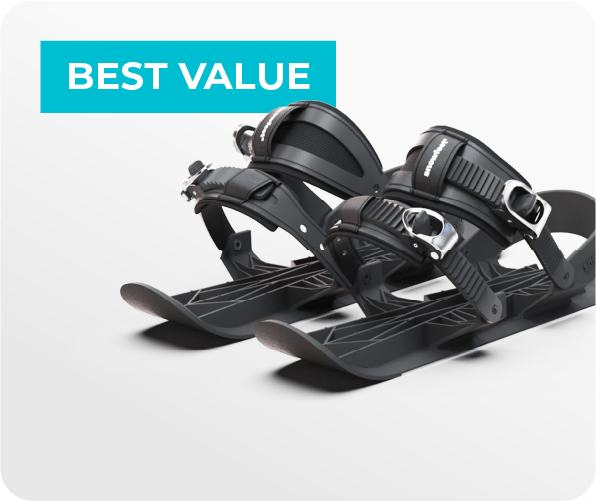



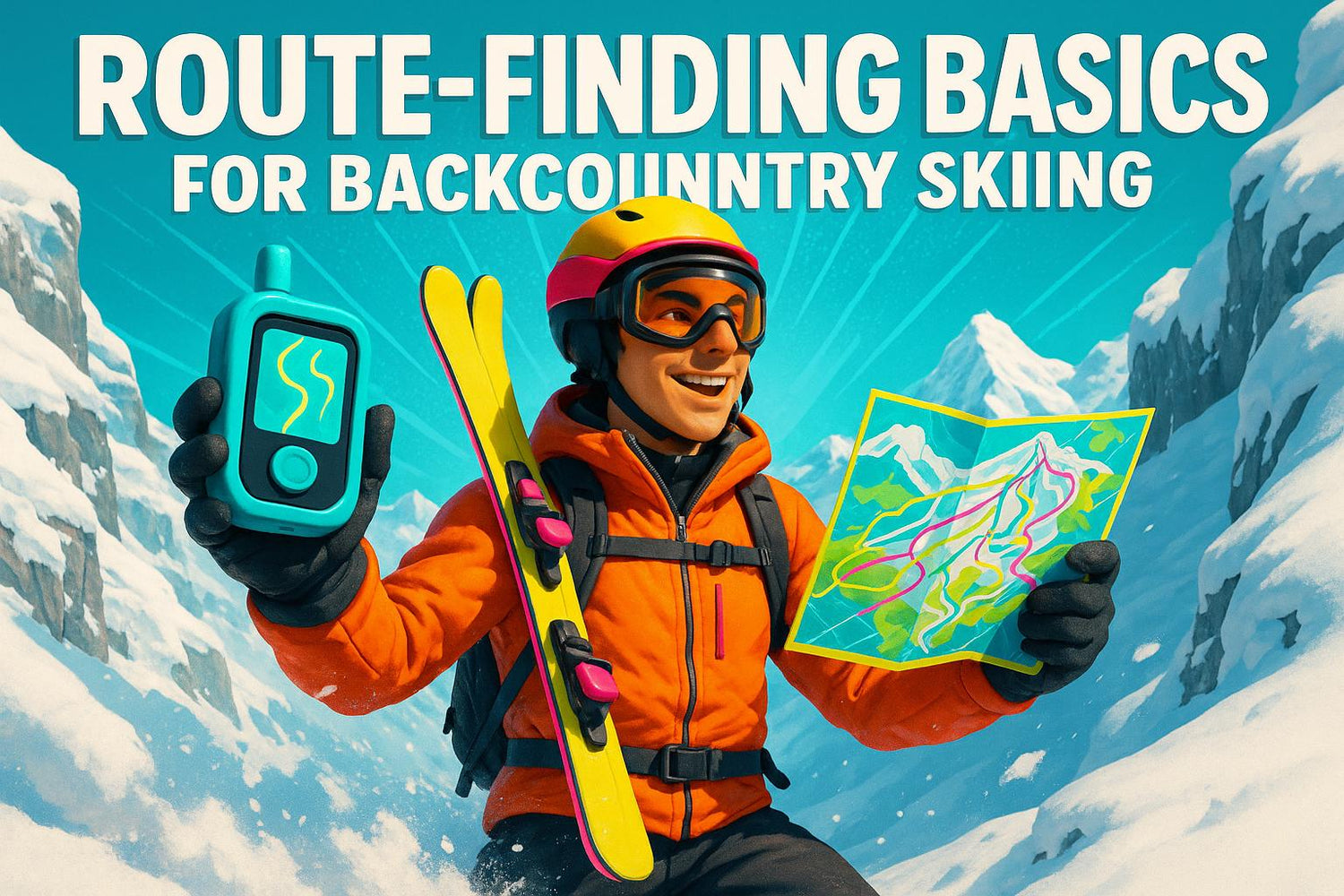
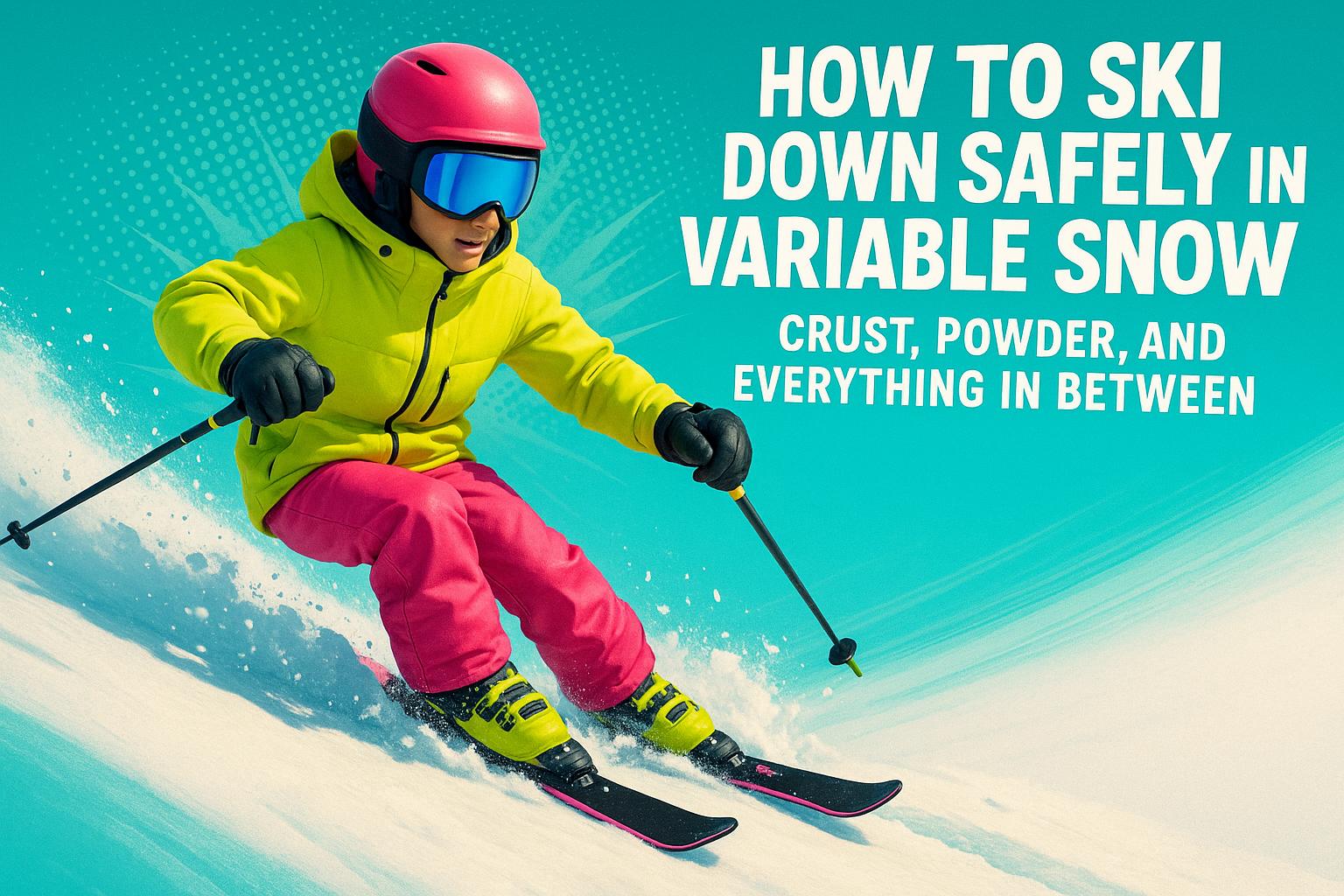
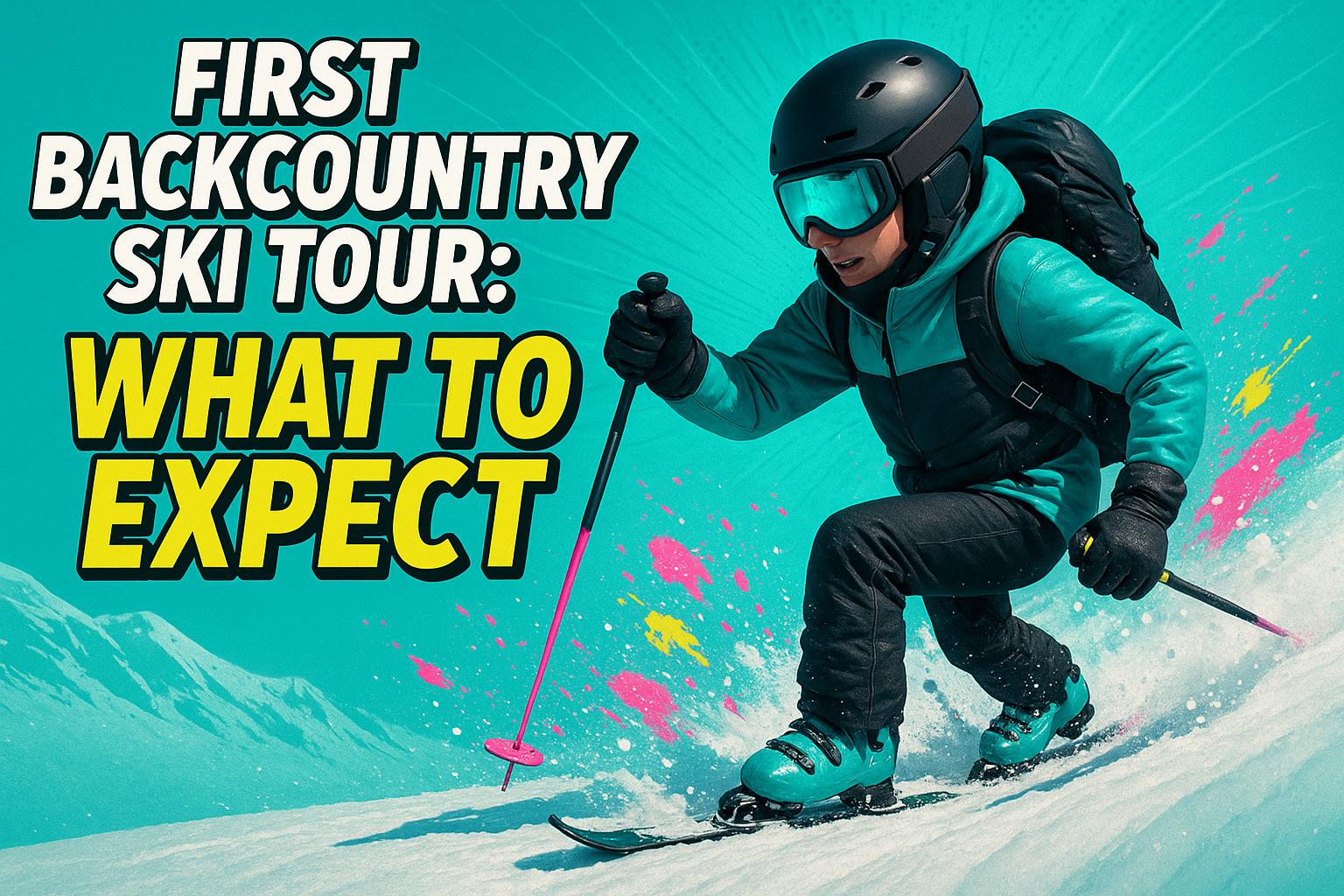
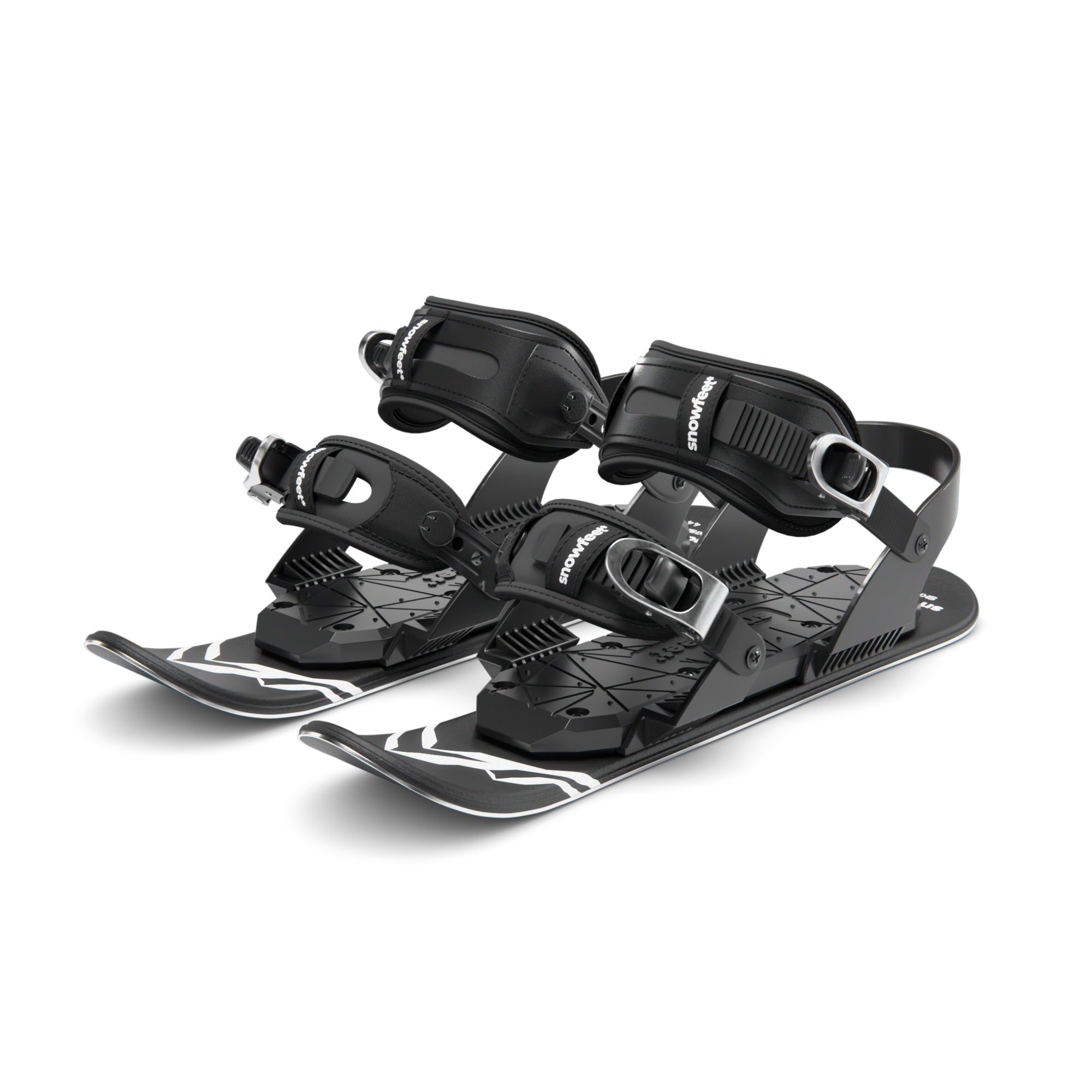
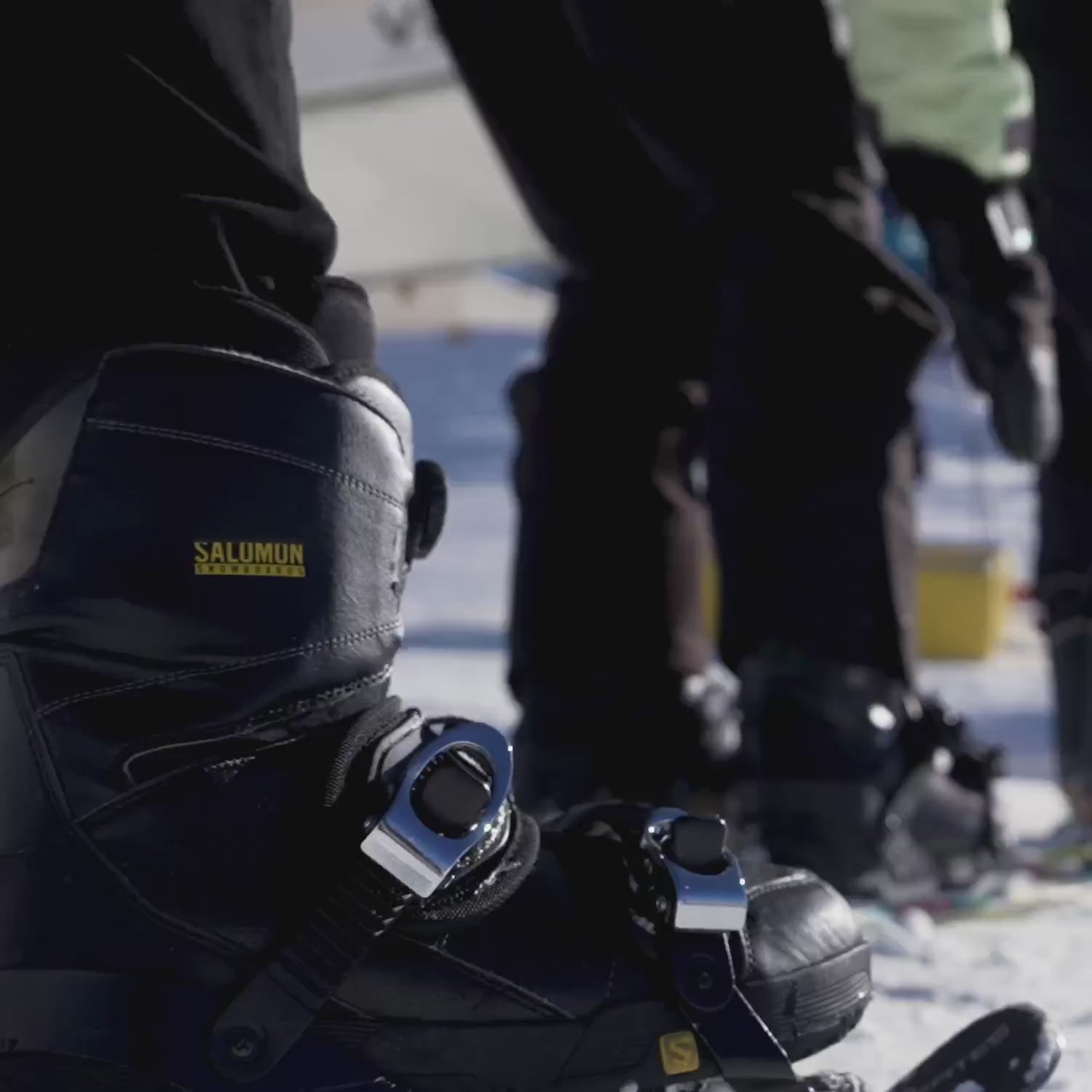
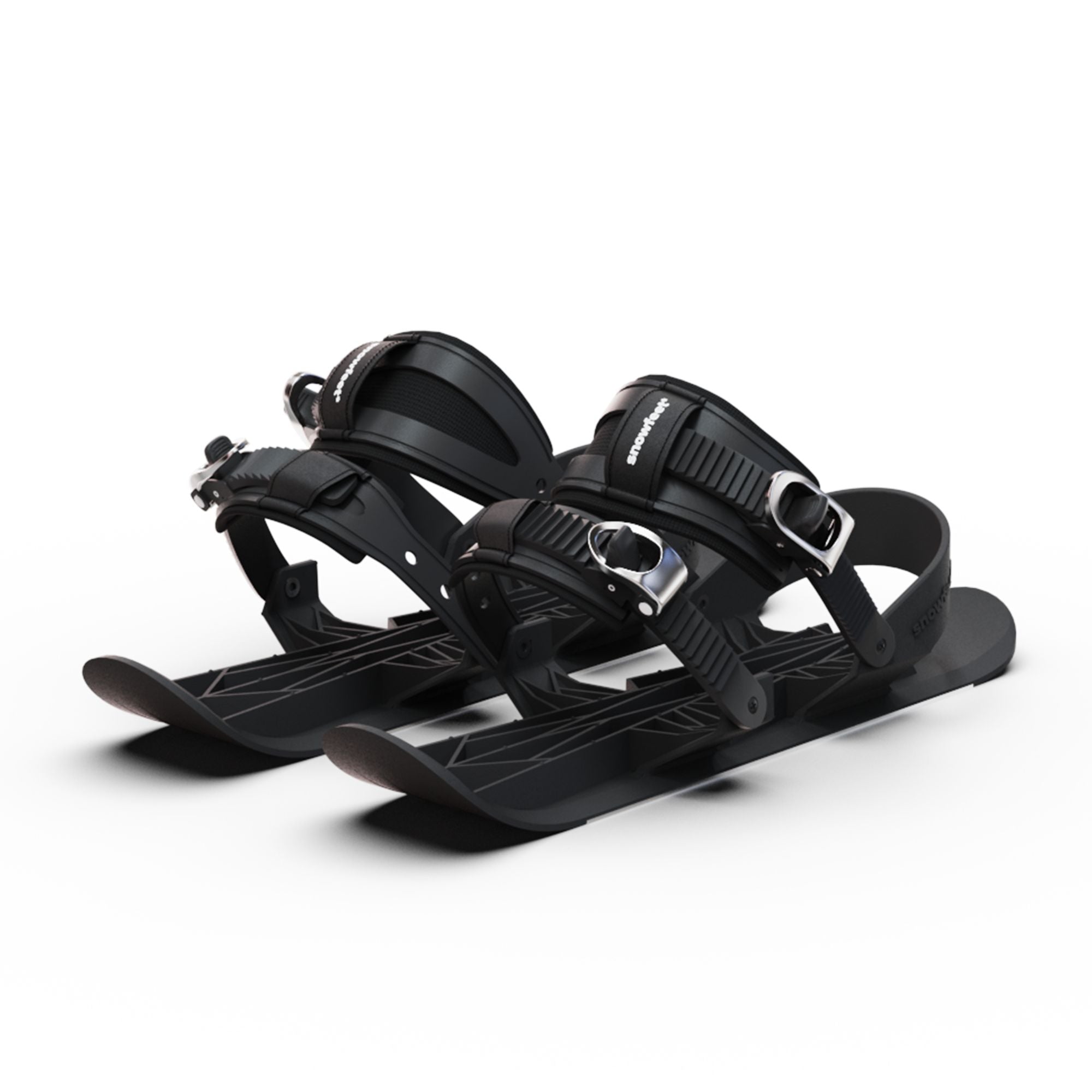
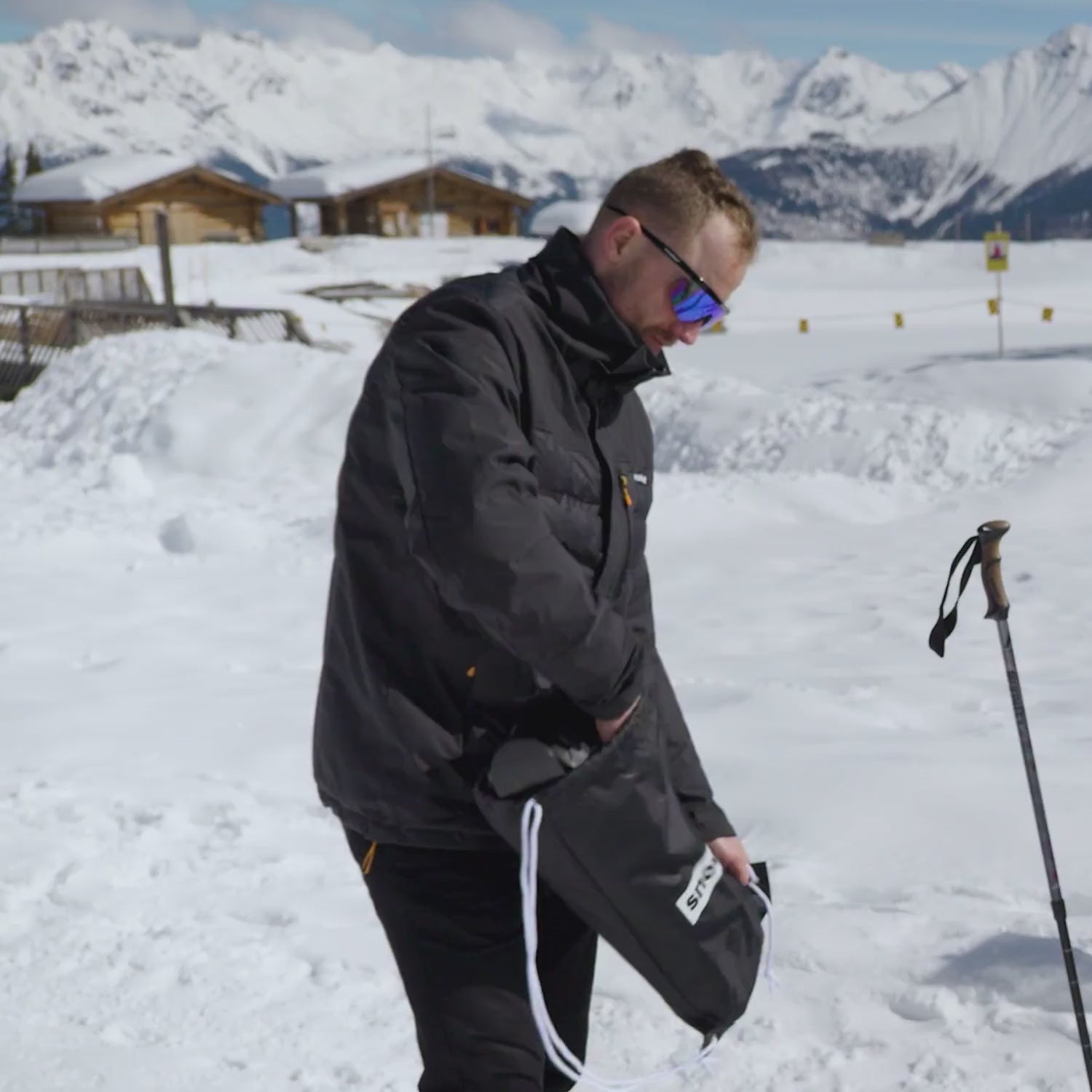
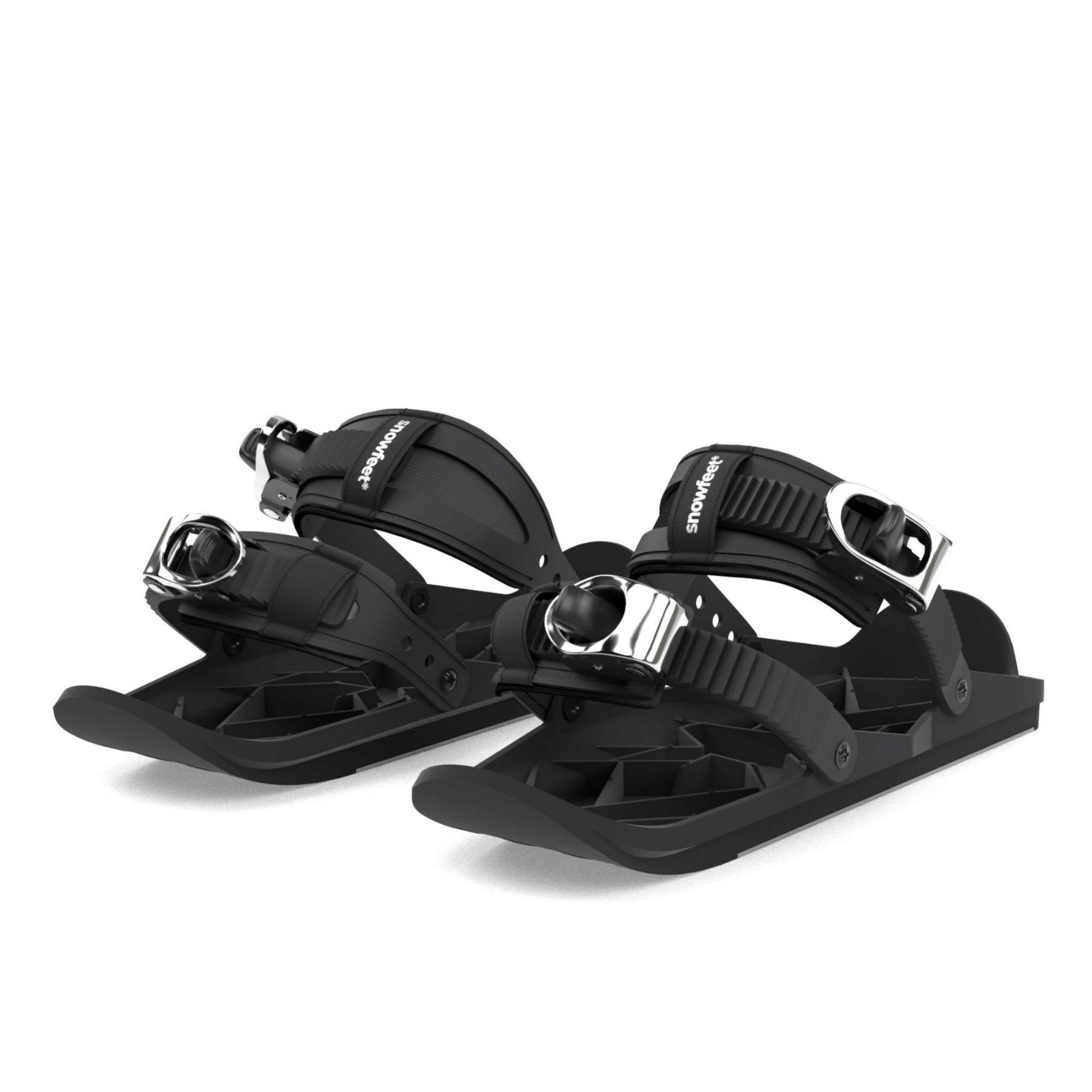
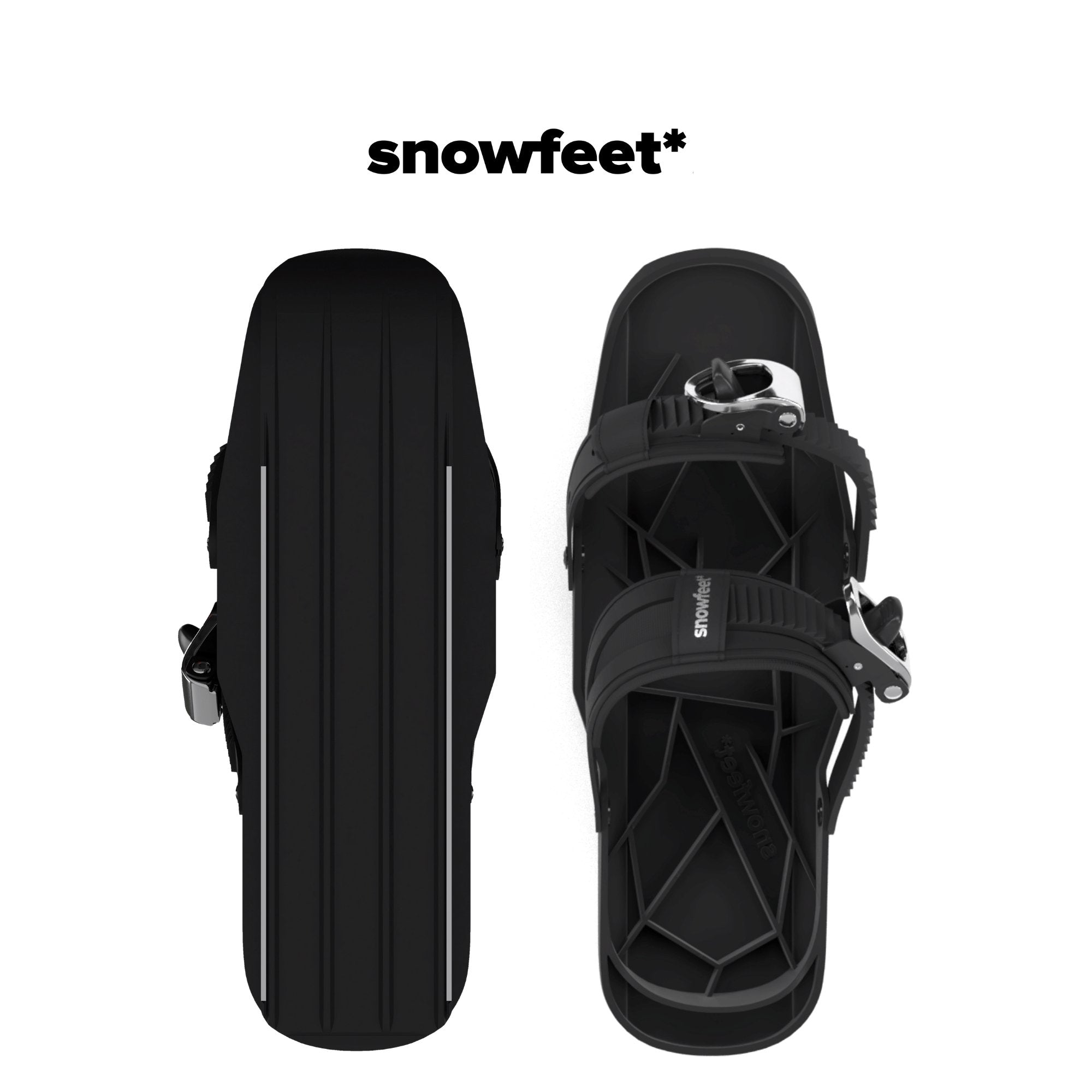
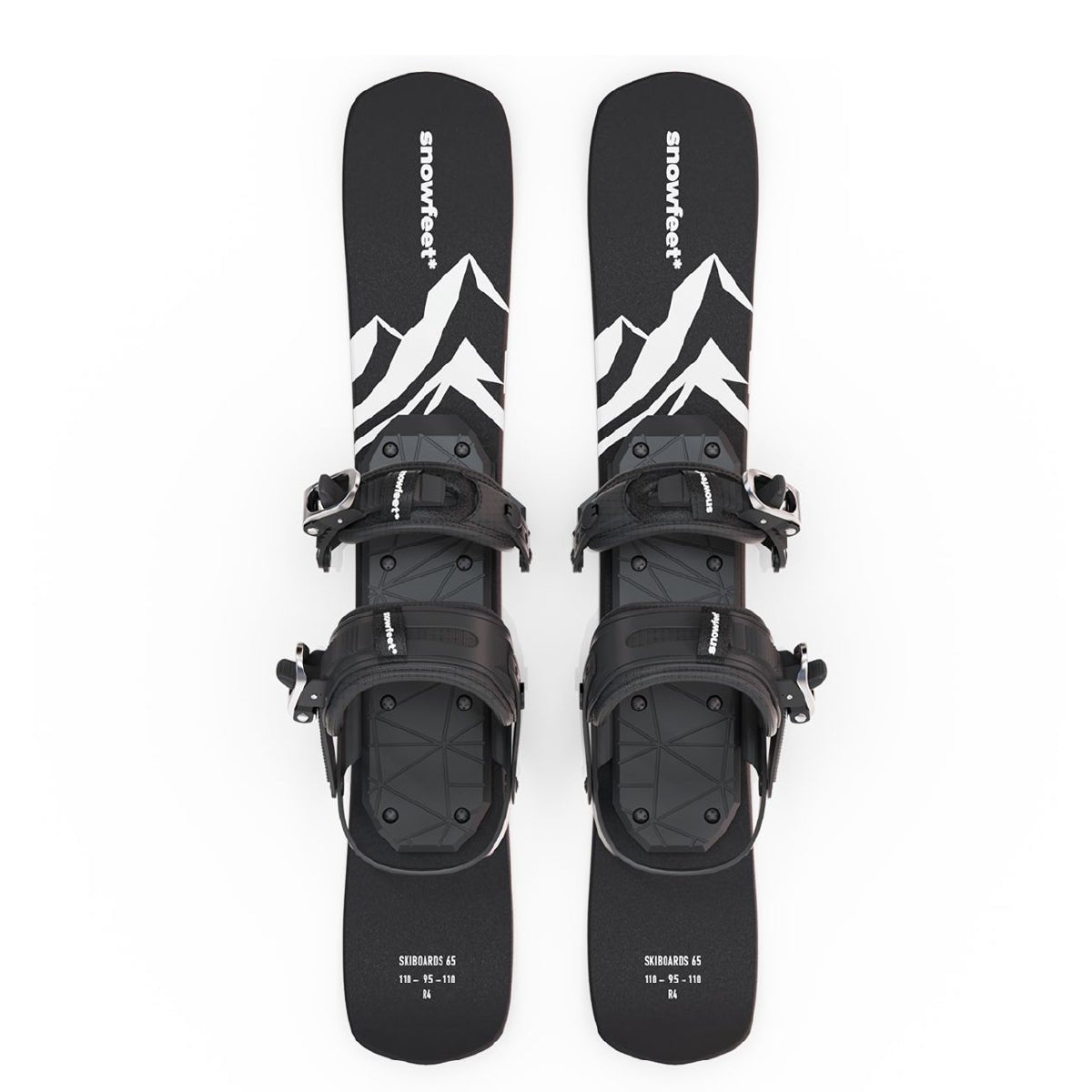
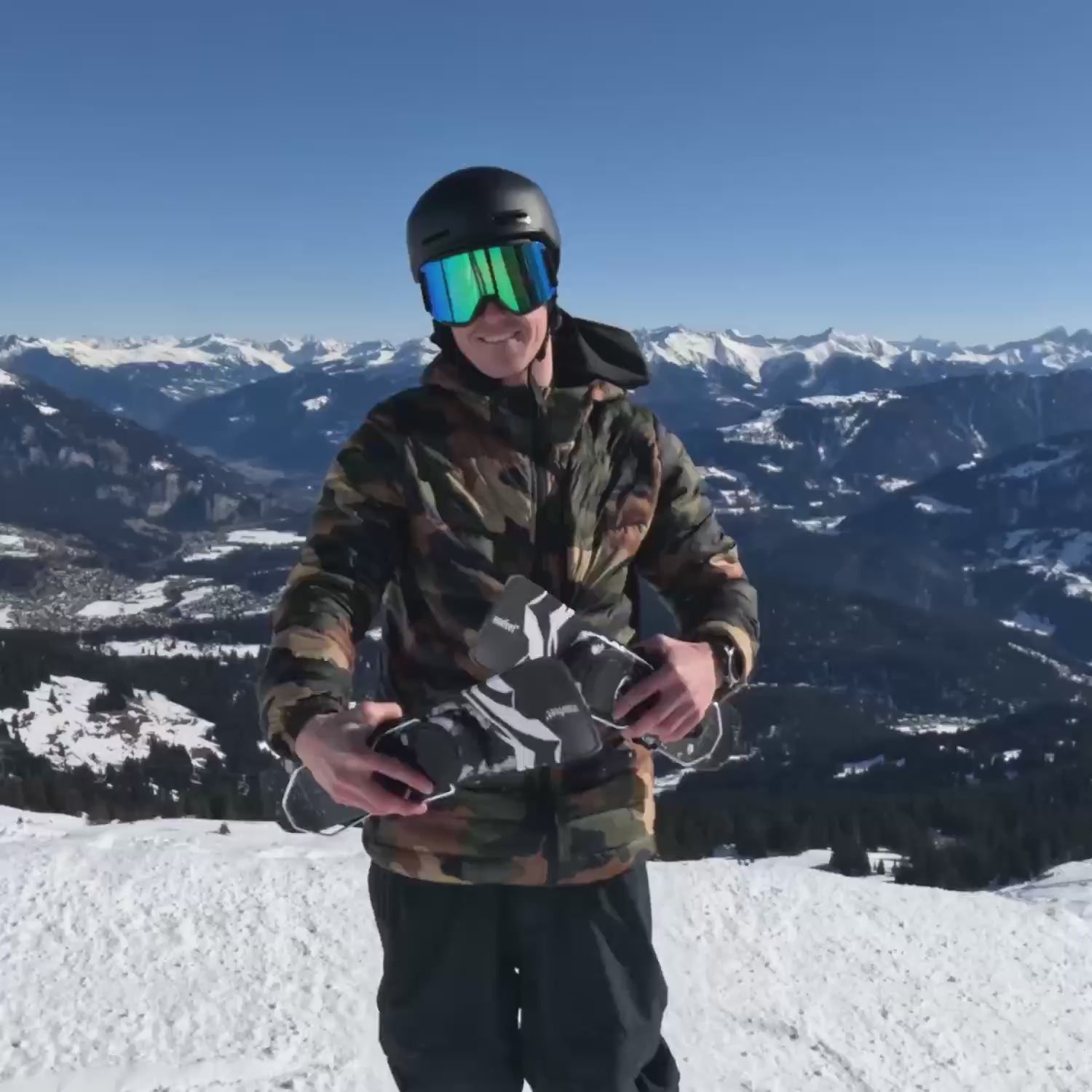
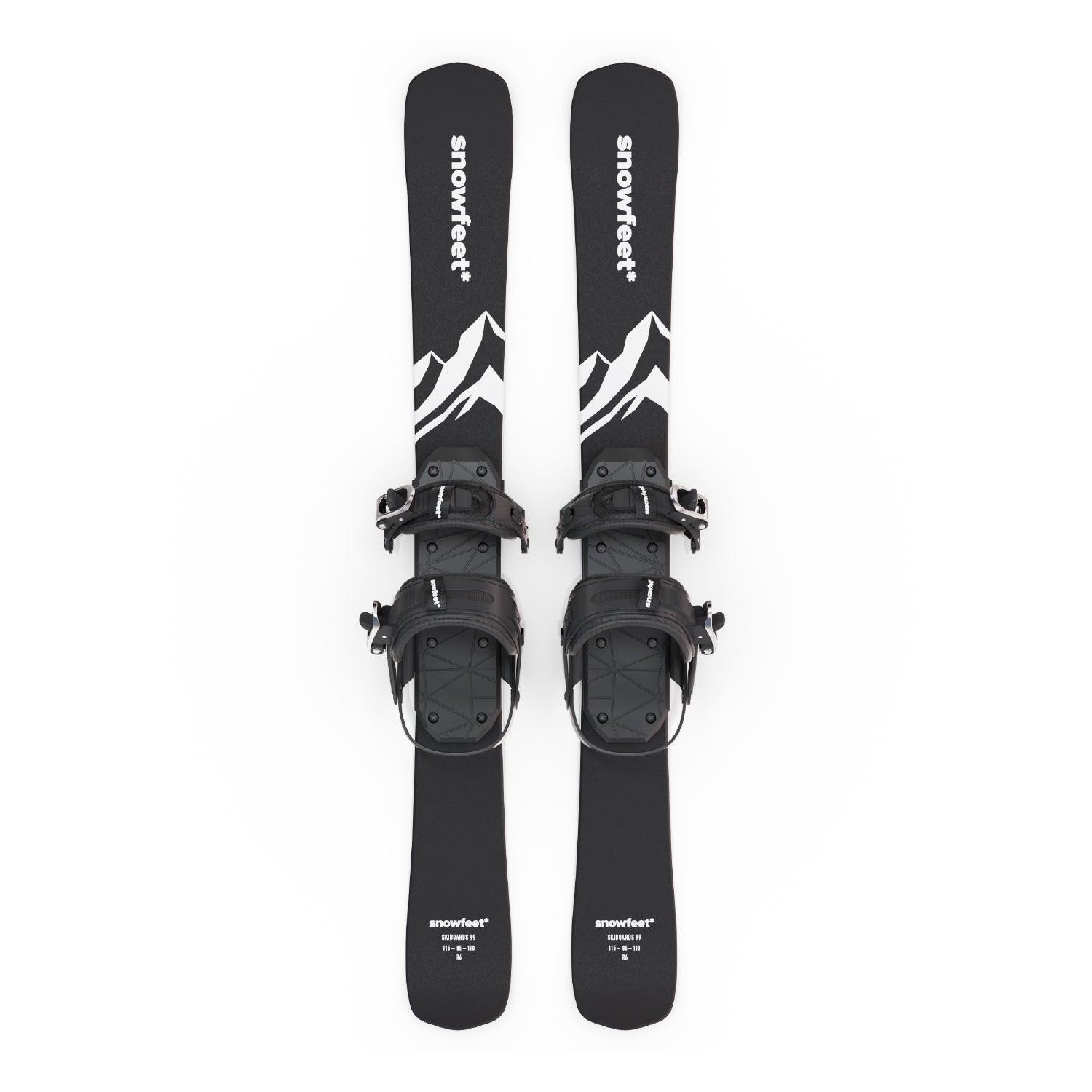
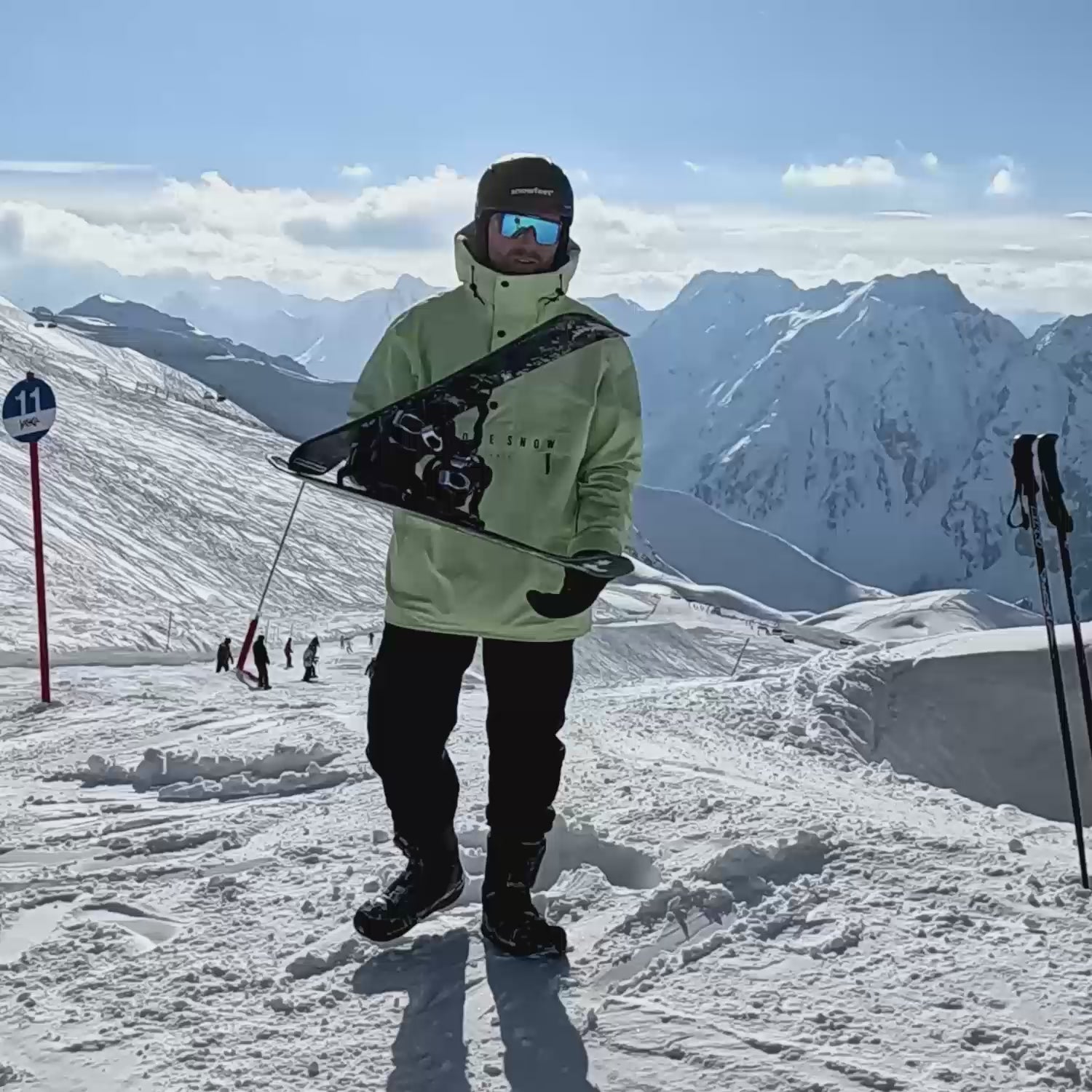
Zanechte komentář
Tento web je chráněn službou hCaptcha a vztahují se na něj Zásady ochrany osobních údajů a Podmínky služby společnosti hCaptcha.